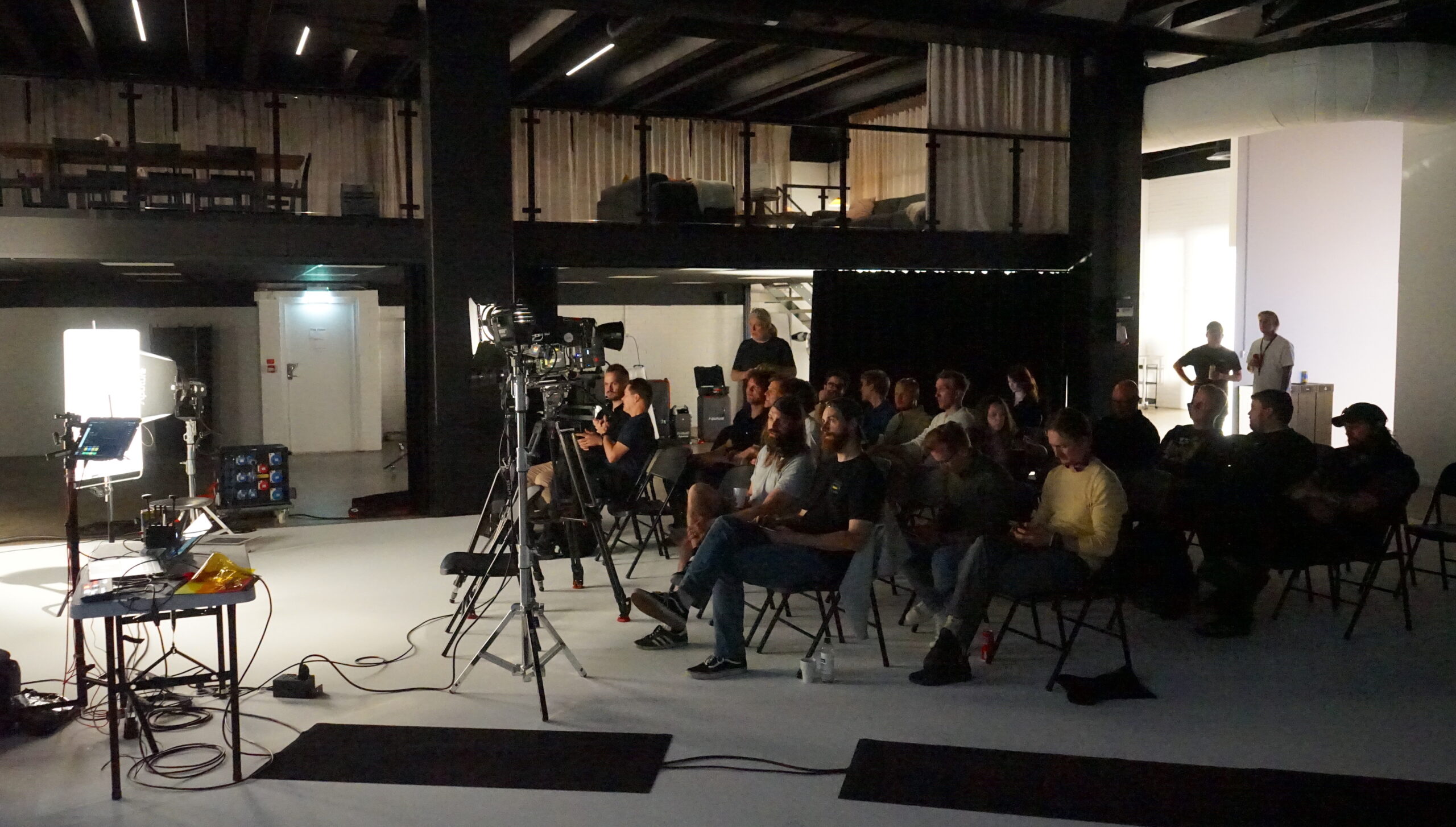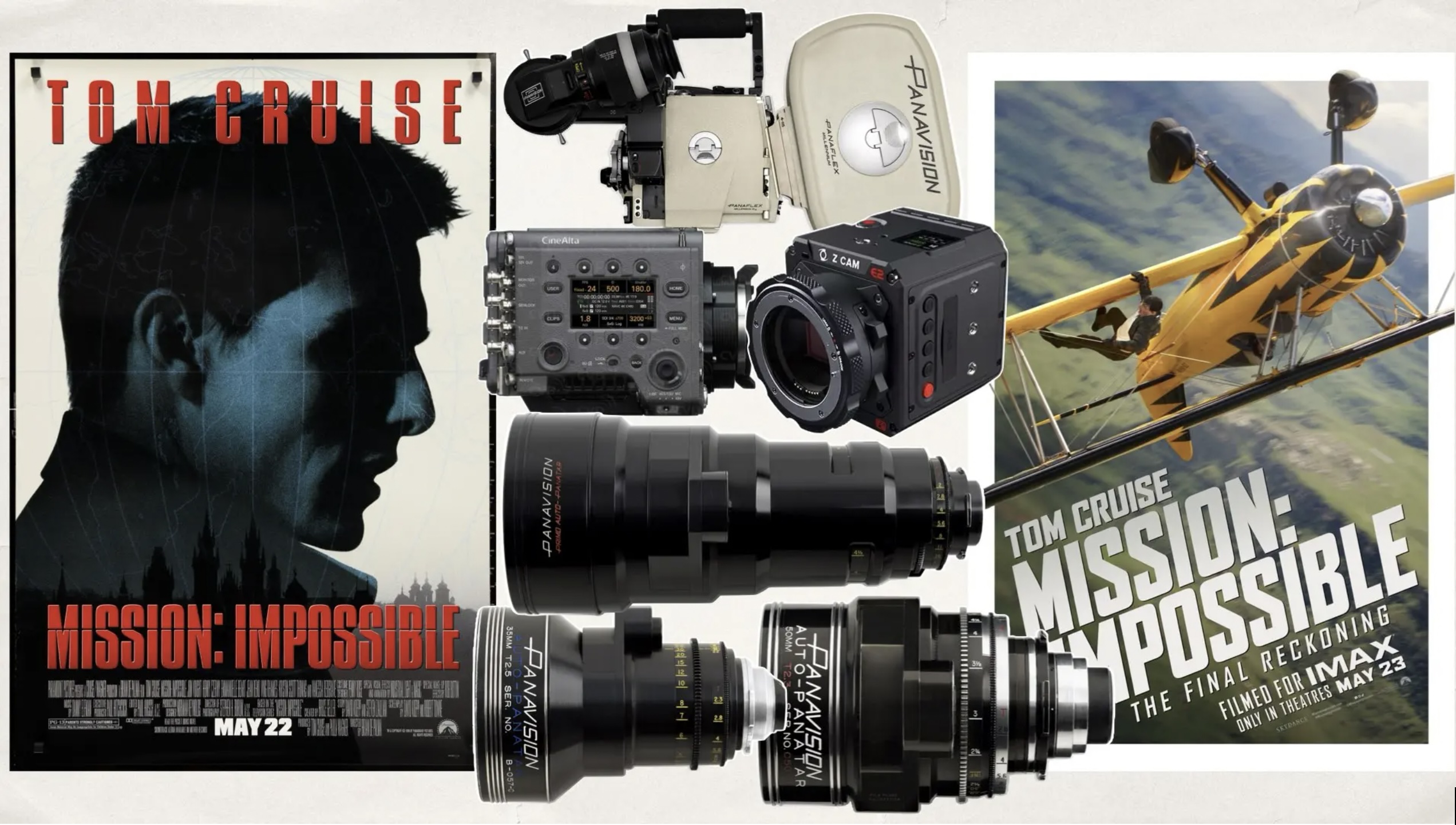CCD-sensorns innovatörer får Nobelpris

Ena halvan av Nobelpriset i fysik gick till Willard S. Boyle och George E. Smith ”for the invention of an imaging semiconductor circuit – the CCD sensor”. Forskningen skedde på Bell Laboratories i USA och lade grunden till den dagens digitala stillbilds- och video-/filmkameror.
Efter CCD-sensorn har CMOS-sensorn utvecklats. Läs om skillnaden på nästa sida.
In 1969 Willard S. Boyle and George E. Smith invented the first successful imaging technology using a digital sensor, a CCD (Charge-Coupled Device). The CCD technology makes use of the photoelectric effect, as theorized by Albert Einstein and for which he was awarded the 1921 year’s Nobel Prize. By this effect, light is transformed into electric signals. The challenge when designing an image sensor was to gather and read out the signals in a large number of image points, pixels, in a short time.
The CCD is the digital camera’s electronic eye. It revolutionized photography, as light could now be captured electronically instead of on film. The digital form facilitates the processing and distribution of these images. CCD technology is also used in many medical applications, e.g. imaging the inside of the human body, both for diagnostics and for microsurgery.
Digital photography has become an irreplaceable tool in many fields of research. The CCD has provided new possibilities to visualize the previously unseen. It has given us crystal clear images of distant places in our universe as well as the depths of the oceans.
Efter CCD-sensorns utveckling har det kommit en annan typ av sensor som betecknas CMOS.
Här kan du läsa om skillnaden mellan CCD och CMOS sensorerna
Här en bra artikel om CCD vs CMOS
Här hittar du mer information om sensorer





